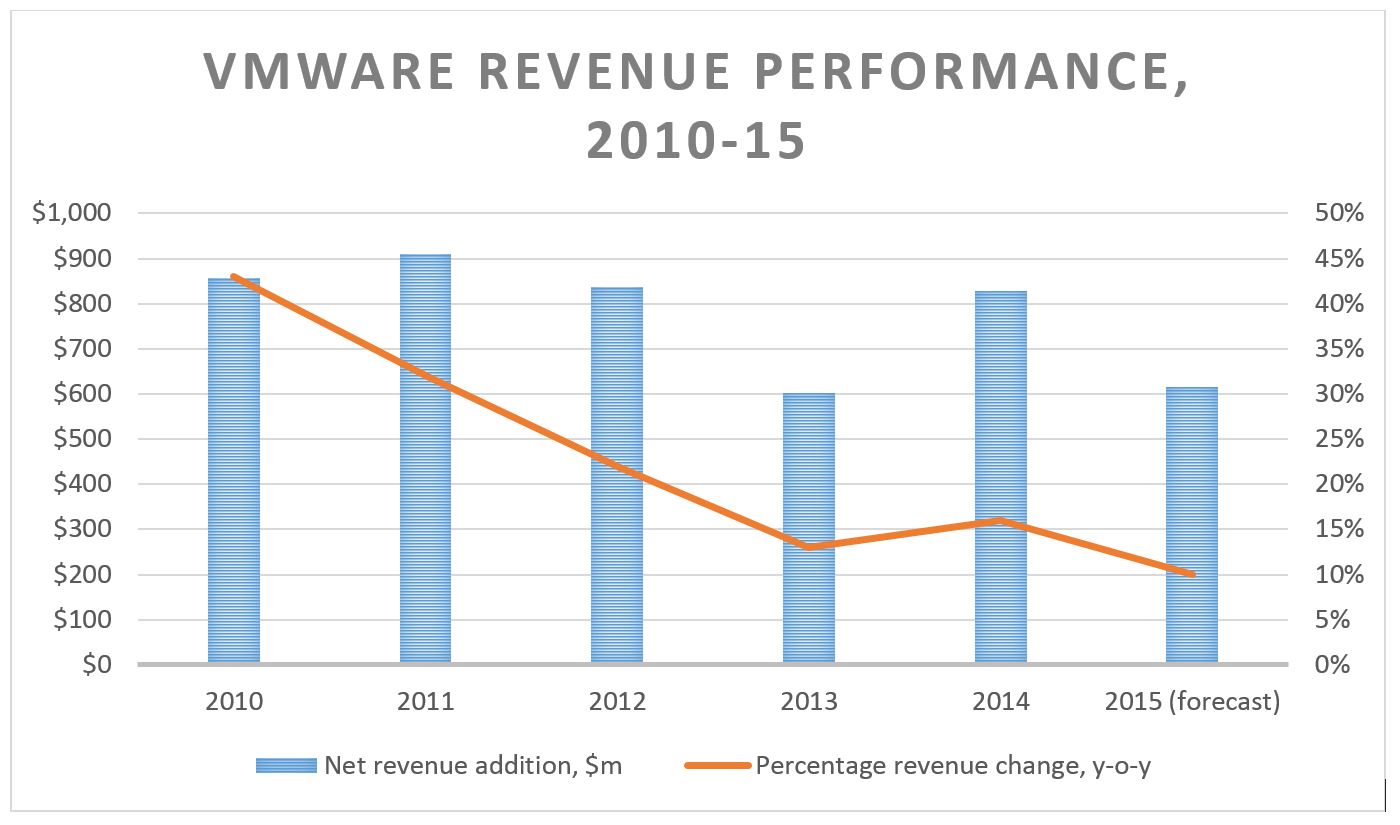Contact: Brenon Daly
As we saw in the recent lackluster debut of Pure Storage, there isn’t much demand on Wall Street for new offerings. The fast-growing storage startup became only the fifth enterprise tech vendor to go public in 2015. Virtually all of the tech IPOs, including Pure Storage, have broken issue, often falling below the valuation they achieved as private companies, when they were smaller and more speculative investments. However, there is one exception to the generally dismal tech IPO market: information security.
Consider the standout offering from Rapid7 . Since debuting three months ago, the threat-detection provider has not only delivered a tidy return to its earlier investors, but has also traded relatively strongly in the aftermarket. And it is doing all that while maintaining a rather rich valuation. Investors value Rapid7 at about $840m, roughly 8x the $100m or so in sales this year that the company will put up.
As with any market that indicates demand, supply will look to satisfy that demand. We understand there are at least three information security firms currently on file and hoping to go public before the end of the year:
- Veracode: The code-scanning startup is rumored to have picked J.P. Morgan Securities to lead its offering. We gather the company ran a dual-track process, but is now set to go public. It raised a late-stage round about a year ago, bringing its total to about $120m.
- LogRhythm: The SIEM vendor has navigated through the consolidation that has thinned the number of sizable independent vendors to just a handful. An IPO from LogRhythm would come almost eight years after rival ArcSight went public.
- SecureWorks: We noted in May that Dell’s managed security service division is looking at spinning off a minority stake of the company. The move would give SecureWorks currency to pick up other MSSPs, as well as (possibly) raise money for Dell as it looks to pay for the largest-ever tech acquisition.
For more real-time information on tech M&A, follow us on Twitter @451TechMnA.

